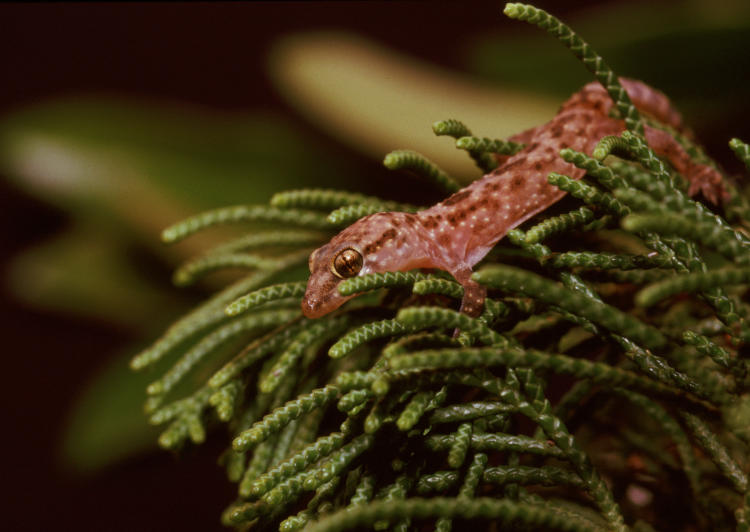I have not been staying on top of the various April holidays, and today (which is indeed Earth Day) is rainy and blergh out there, so we’ll have a variety of photos obtained earlier that I finally got around to editing. Let’s see, let’s see, what have I been taking recently?
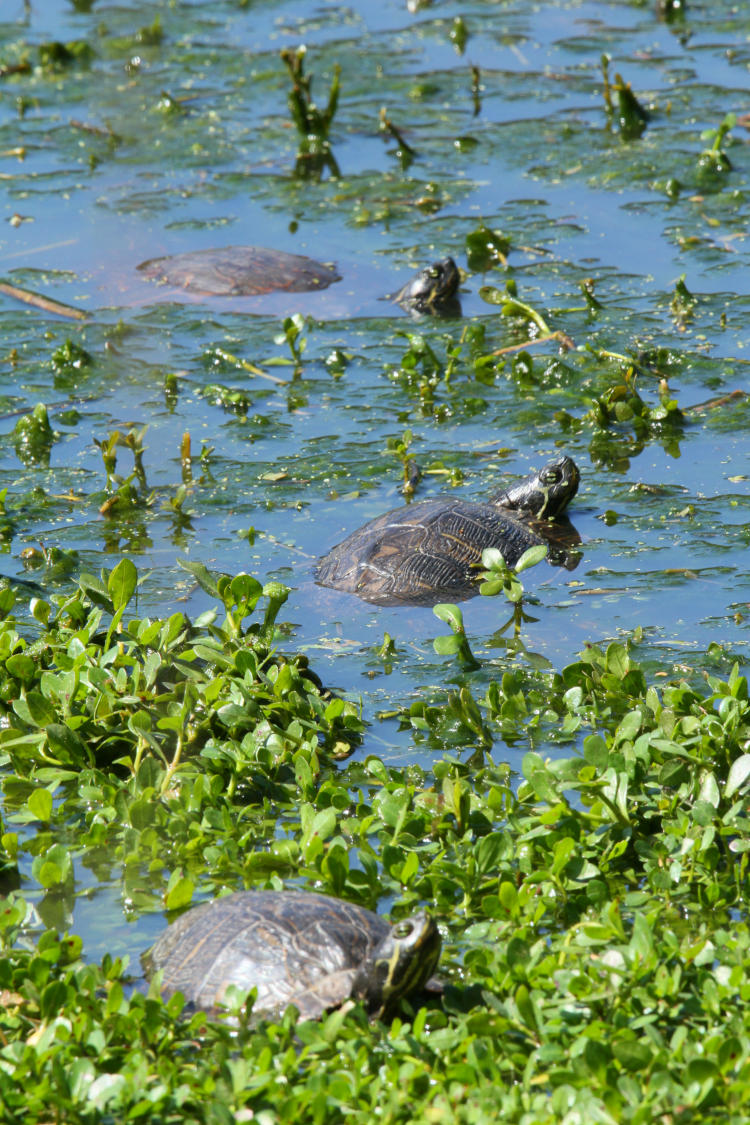
Over at the neighborhood pond, a trio of yellow-bellied sliders (Trachemys scripta scripta) were lined up nicely and, being in the weeds instead of perched on logs for basking, were less inclined to dive for cover, but still watched me suspiciously.
Days earlier, while The Girlfriend and I were doing a circuit, another species had chosen a curious spot to bask:

From the stripes on the face, I’m tentatively identifying this as a common musk turtle (Sternotherus odoratus,) but the appearance of several related species is similar, so don’t make that big investment yet. This one was a solid 25cm or more above the water surface and disinclined to move, prompting The Girlfriend to question if it was still alive – the eye detail wasn’t visible from our viewing distance. Since it was in the early evening, I leaned in and lifted the turtle from this spot, whereupon it slipped into the water easily – she thought it might have been stuck, but I’ve seen one in the exact same spot a few years before and think it’s just a handy place to sit and warm up, though the only sunlight that reaches it comes in late afternoon.
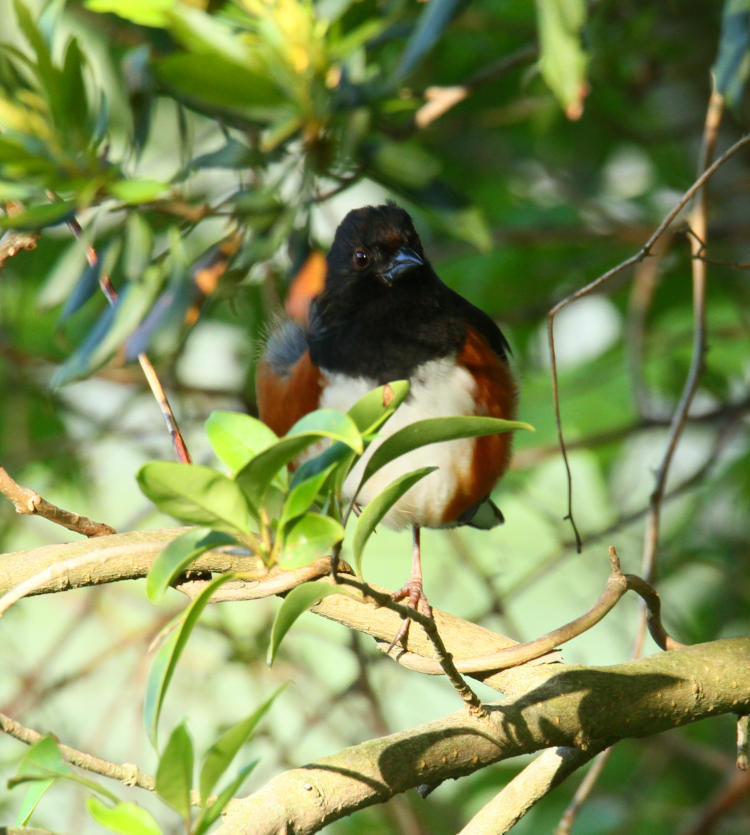
This is a male eastern towhee (Pipilo erythrophthalmus,) which seems to be the new nomenclature after having previously been called the rufus-sided towhee, and while I’m all in favor of brevity, I have a pet peeve about how damn many species are identified with the ‘eastern’ modifier – it’s like somebody’s getting royalties from the word. Seriously, I have 33 listed in the tags for this site, which are only the species that I have photographed and specifically featured in posts. Meanwhile, I remain in pursuit of good towhee photos, because they tend to forage deep in foliage and not pose out in the open, so it’s one of those little side quests.
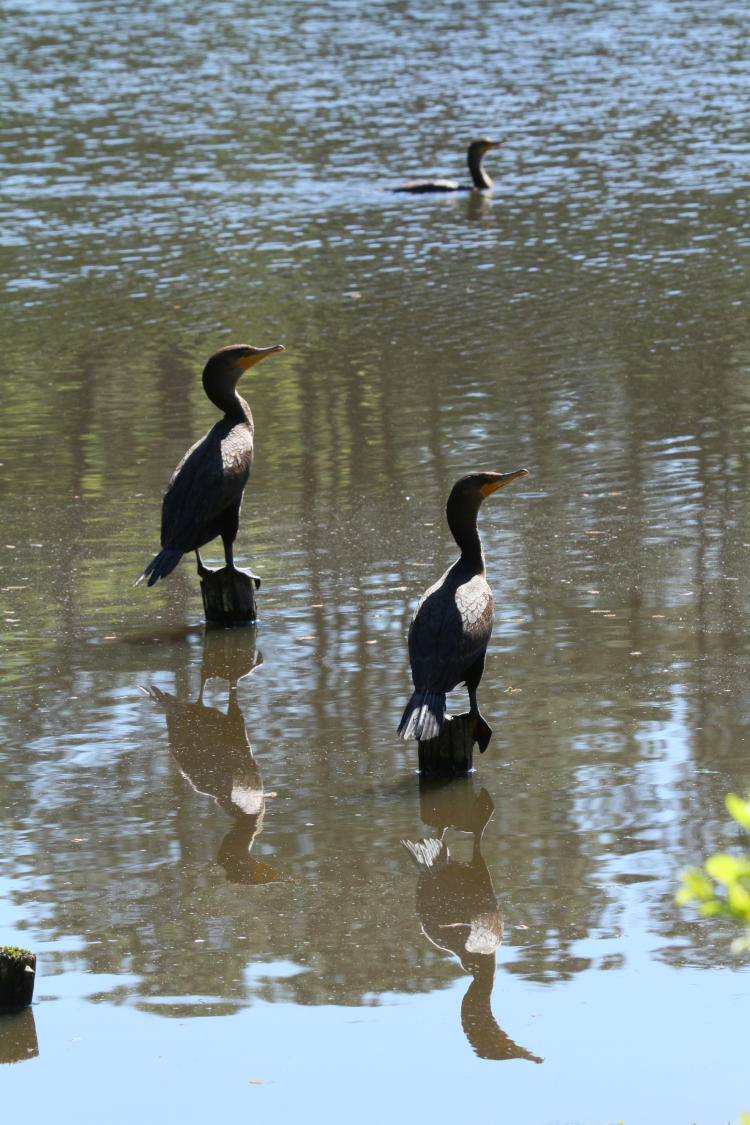
The double-crested cormorants (Nannopterum auritum) have returned to the pond – it usually hosts up to a half-dozen, peaking in the spring, but since I can’t tell individuals apart, they may cycle throughout the non-winter months. These are all female, and it’s about time to see the males displaying their namesake crests for the brief period that they have them, but the males seem far less inclined to visit, for unknown reasons.

On another day, yet the same location and pilings (from a different angle, across the pond,) another emerged from the water in the early morning to dry out a bit, shaking the water from its head and beak in a nice backlit spray.
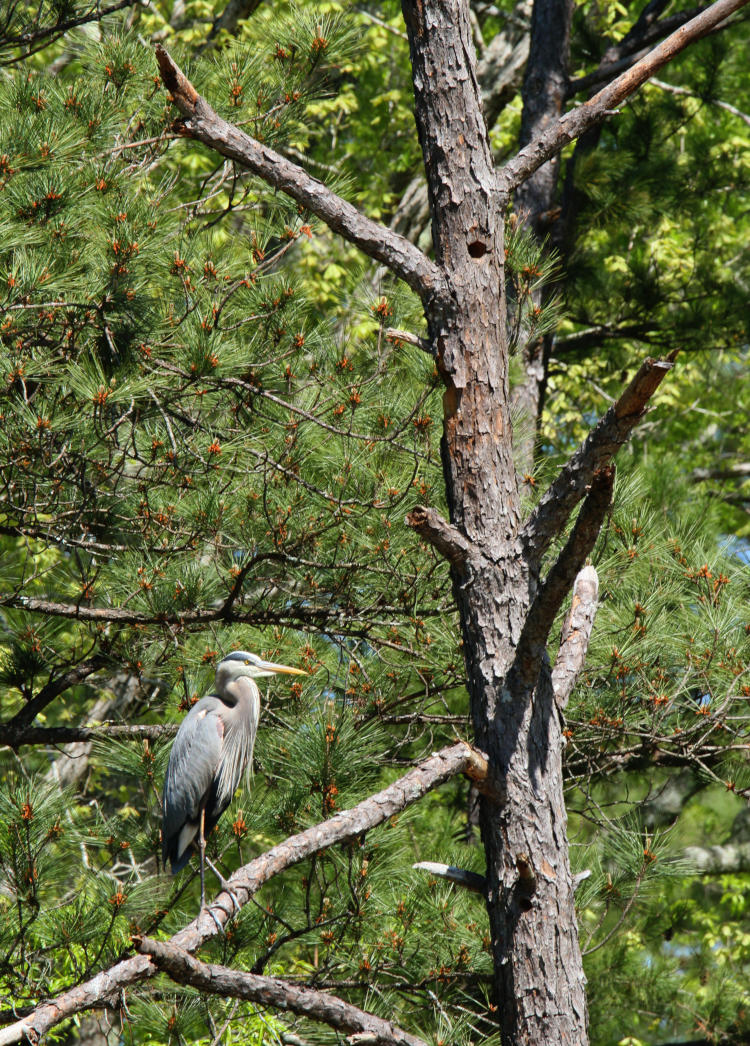
Only one great blue heron (Ardea herodias) seems to be hanging at the pond this spring, though I did see a pair fly down our street the other afternoon, with one returning, and I suspect it was chasing off an intruder – that makes them more likely to be both males. This one was maintaining a significant distance and didn’t descend to fish until I was quite far away, but I went a little fartsy since I wasn’t close enough for good detail. No, that branch was already broken – he’s not that overweight.
[Small side note: After having been caught by taxonomy changes a couple of time before, I semi-regularly check the scientific names even though, like this one, I have many of them memorized. It now appears that the species has four recognized subspecies, so technically this would be Ardea herodias herodias, though no source that I’ve located yet has indicated how to differentiate A. h. wardi, and this is as far down the rabbit hole that I’m going right now. But I do have a couple of frames of another one of the subspecies.]
Over at Jordan Lake, I saw an uncharacteristic collection of them.

I had been down at the lake before sunrise in the attempt to photograph the finest crescent moon yet, one of those silly personal bests, and this one was reported at only .6 to .7% illuminated – yes, less than one percent, which is my goal, but I saw no traces of it, even when I got back and wracked contrast over ridiculously in GIMP for several likely frames. However, while at the lake I naturally took more of a look around, and noted these guys on the opposite side of a branch, a measured 360 meters away (Google Earth is handy.) My guess is that they were close to one of many schools of small fish congregating at the shores, because I witnessed a few directly, and so had easy meals at hand, but this led to a couple of squabbles. During one, I heard the telltale chirping in the same direction, and began examining the treeline nearby. It didn’t take long.

This adult bald eagle (Haliaeetus leucocephalus) was perched in the branches directly over the herons, willing to ignore them if they behaved but scolding them if they made a ruckus. I found this a little curious, because the herons were well underneath the eagle and none were overflying its position, which is what often provokes reminders that this was claimed territory. It’s possible that there was a nest nearby, but I could find no sign of it.
Near the parking lot, a different raptor was hanging out.
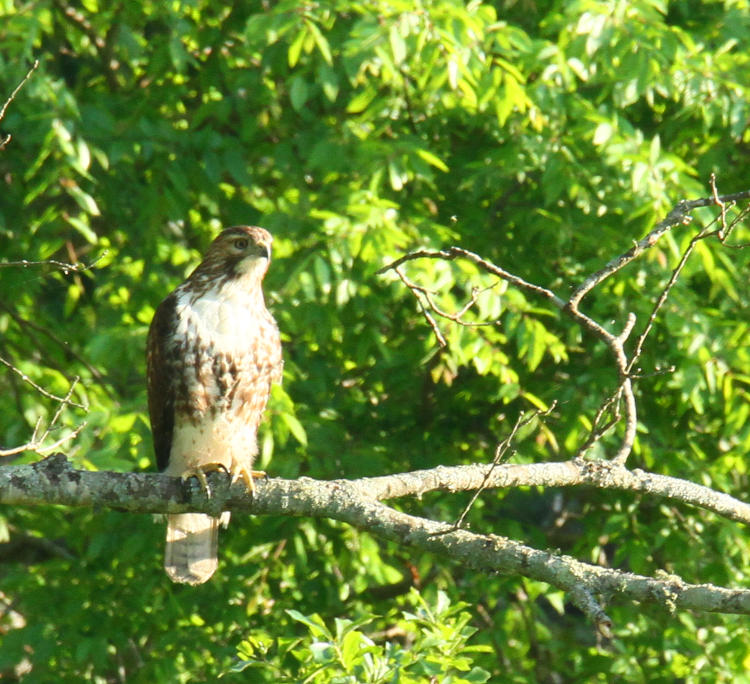
This red-tailed hawk (Buteo jamaicensis) may well have been one of the same ones I’d seen earlier, being in the same immediate vicinity, and it watched me as I approached, but I never got close enough to make it truly nervous and it continued examining the grasses below for tasty vermin.
During that same linked visit about two weeks ago, when the lake level was significantly higher and flooding the banks, I spotted a curious phenomenon that I’d only heard about before. My attempts at still photos were thwarted by the movement of the water and the shady conditions, but a video clip showed more anyway:
The audio was completely unnecessary, reflecting only the boat ramp not too far away behind me, but amusing. The writhing ball, however, is an ant flotilla, nothing but solid ants floating on the water due to surface tension, and roughly 7 cm across. On checking recently, I found that it seems only one species does this, the red imported fire ant (Solenopsis invicta,) which are the bane of my sandaled feet far too often. They were not typically found this far north – I’d had just one encounter in NC, years ago – but then last year found a hill not too far away from this. Yes, they bite, yes, they’re extremely irritating, and yes, I’ll celebrate if the species goes extinct. Had I known for sure that it was this species and had something handy to accomplish it, I would have eradicated them while still in the collective ball with the queen and larvae. On the most recent visit to the lake a couple days ago, I found that they’d been successful in this endeavor.
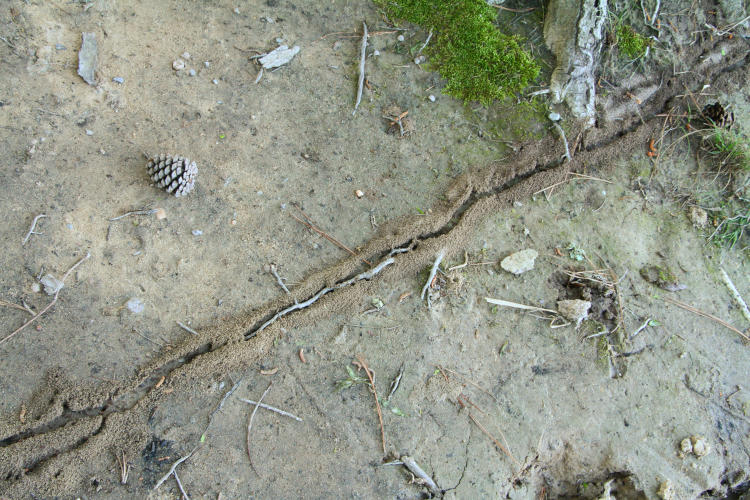
This trail right smack on the footpath, while easy enough to step over, extended quite a ways along, using the roots of a tree as a guide (possibly because the soil, mostly clay, was softer there.) The ants are tiny and I didn’t bring the macro flash rig, but leaning close with the 18-135 and firing the on-camera flash was sufficient:

The rust color with the darker abdomen is indicative: these are fire ants, and since this colony was only a few meters from where I’d spotted the flotilla, it’s reasonable to assume this is where they made landfall. Dammit, should have drowned the little buggers when I had the chance.
And finally, we’re right around the peak of the Lyrids meteor shower, and the other night while it was almost balmy, I spent a little over an hour attempting to snag something. Wonder of wonders, I actually did!
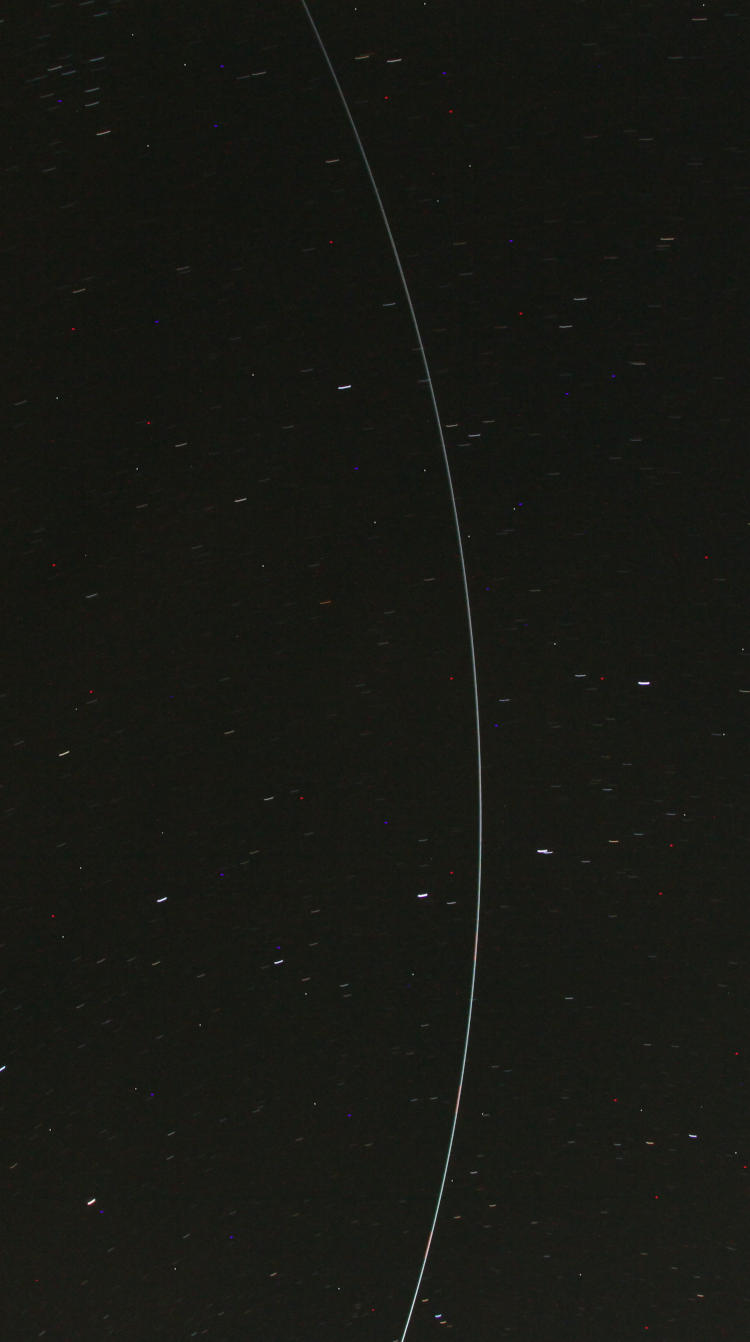
Alas, this is not a meteor, which tend not to curve, much less change colors with such periodicity – just a helicopter passing directly through my frame. I’d seen it coming long before but elected to let the exposure go, which allowed me to have something to show for my efforts – nothing else made the faintest appearance. And this is only as bright as it is because the pilot was flying (at an guesstimated 1000 feet) with the landing lights on, sufficient to illuminate the surroundings very faintly even from that altitude. The flight radar app showed no aircraft, so this was likely a military flight – they were probably keeping tabs on me. But yeah, not even a brief appearance of a meteor, which is typical. One of these days…
Anyway, that’s my gout of photos for Earth, Air, Water, and Fire Day, even if I fudged it a bit on one of those. And I feel slightly better about the scarcity of posts now.




















































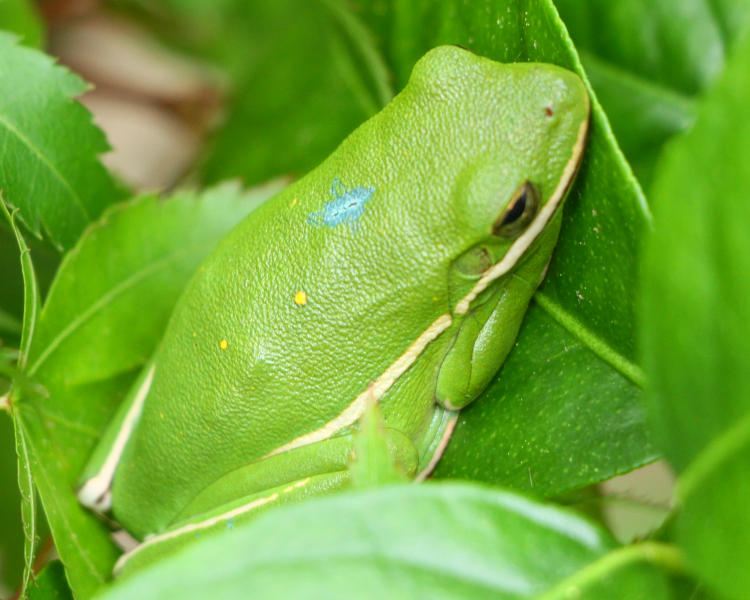
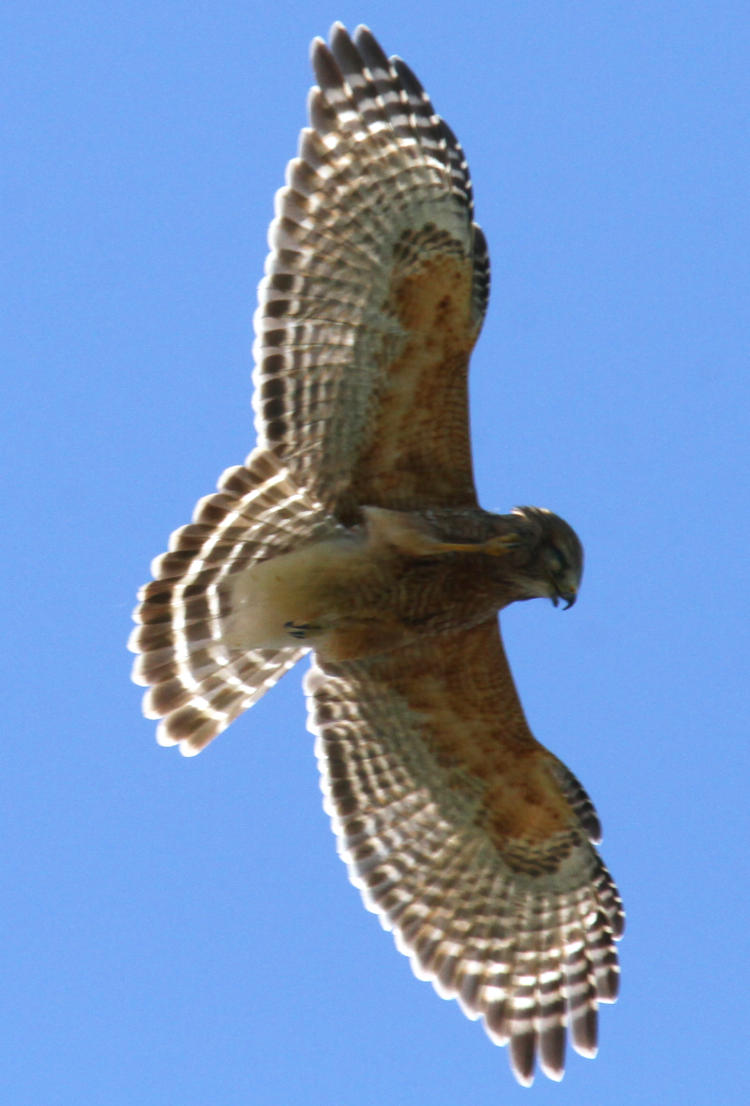
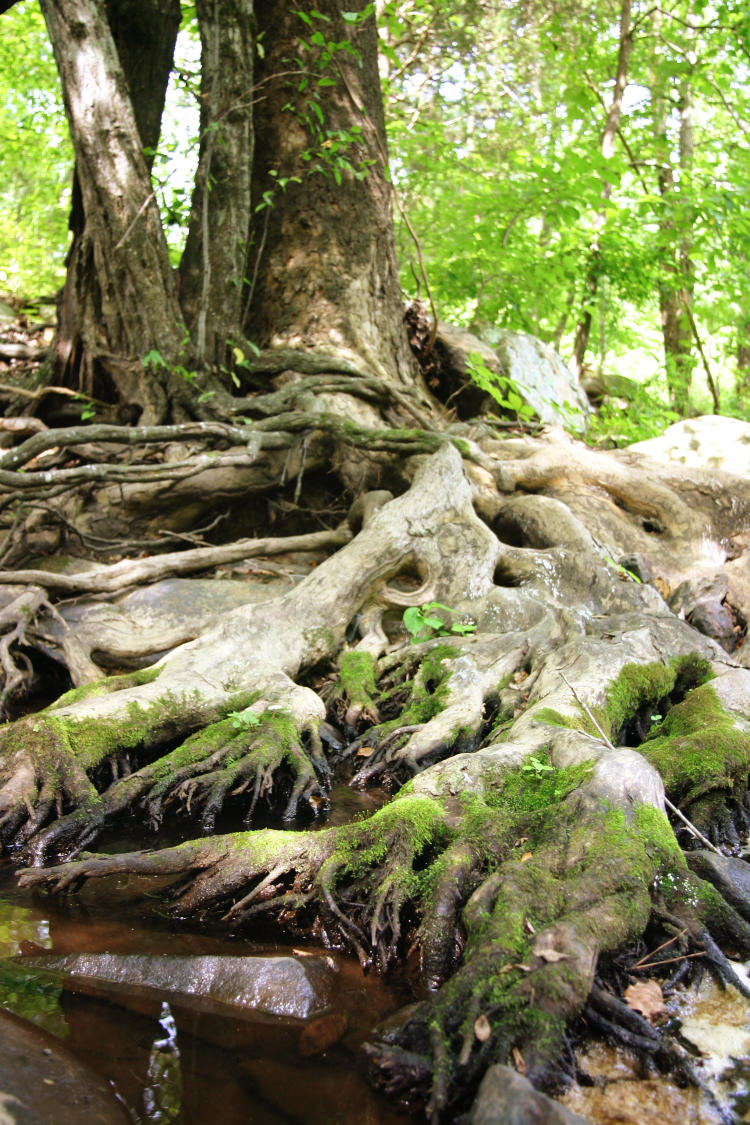
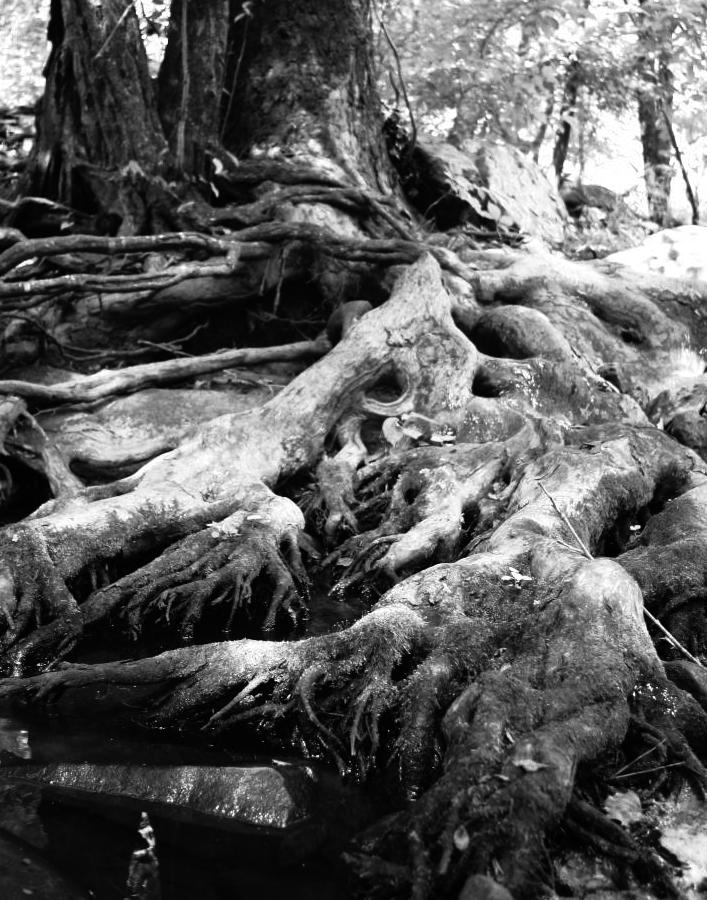
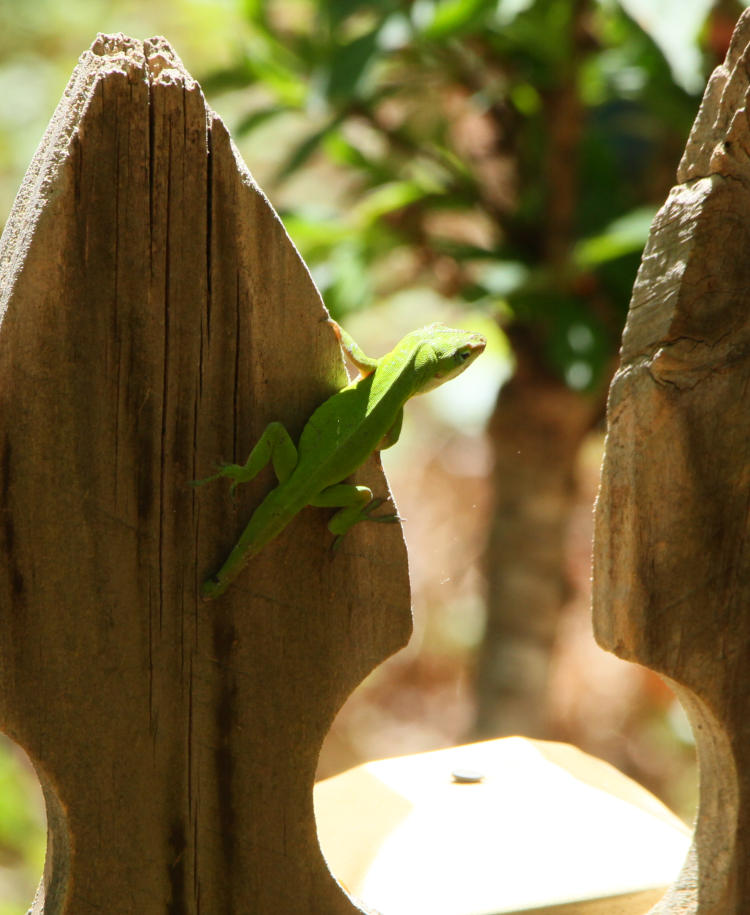
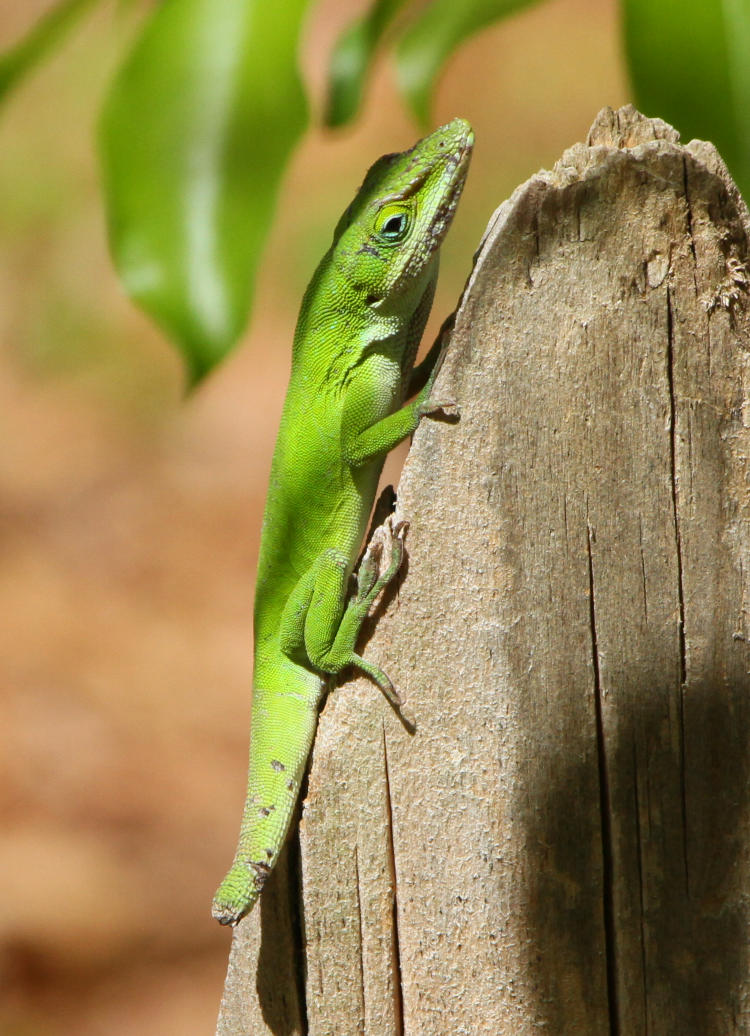

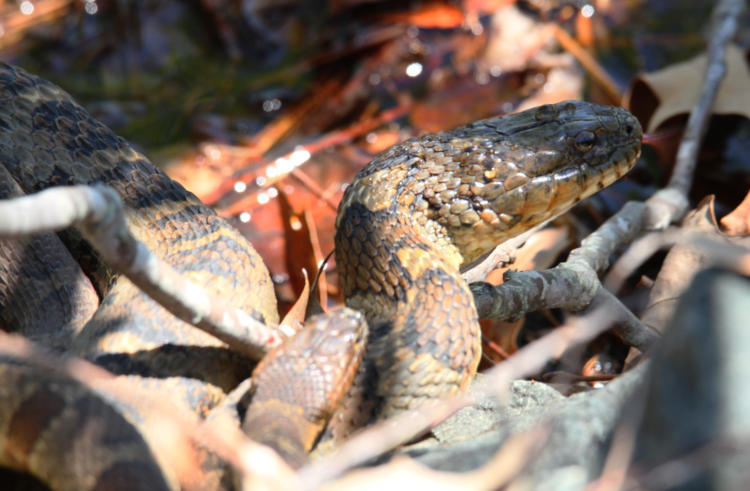
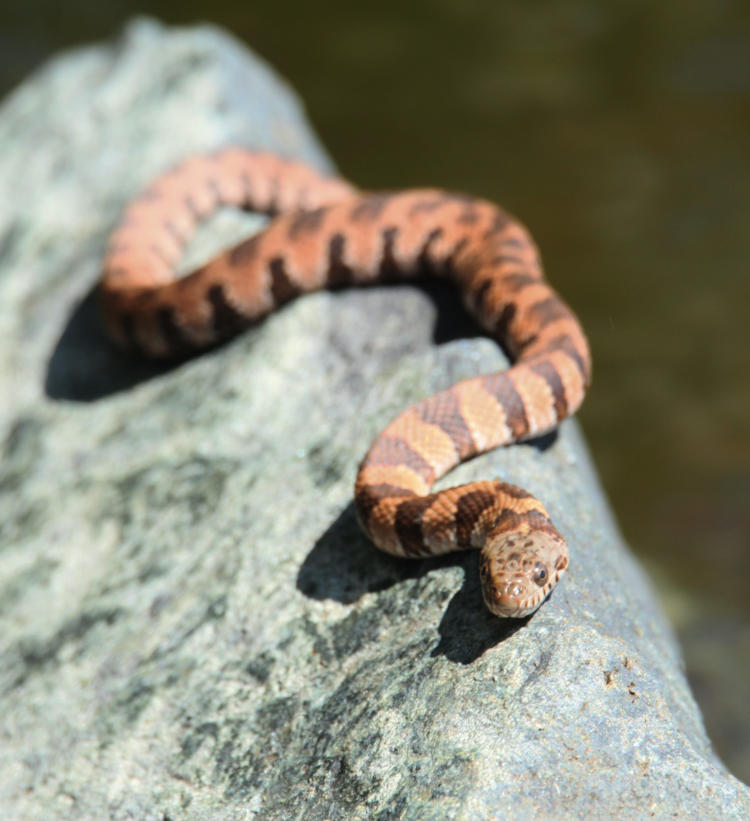
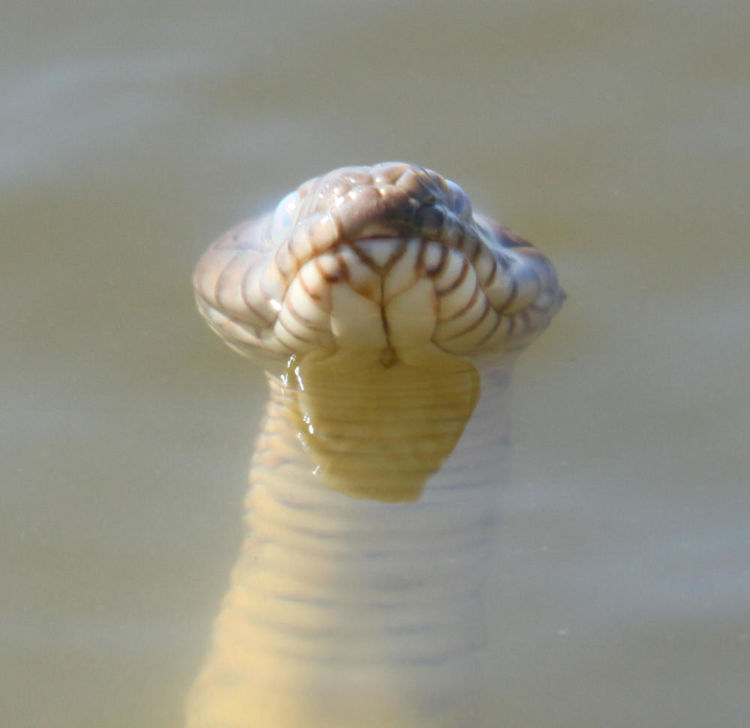
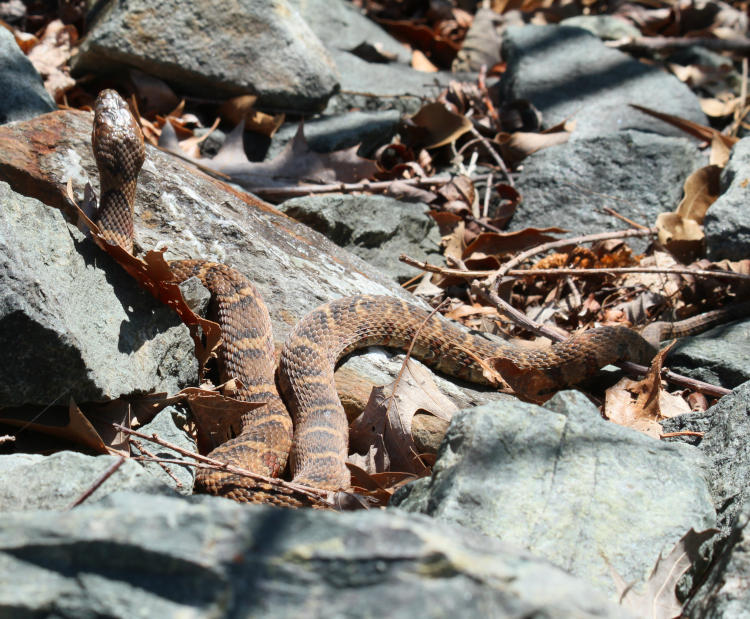

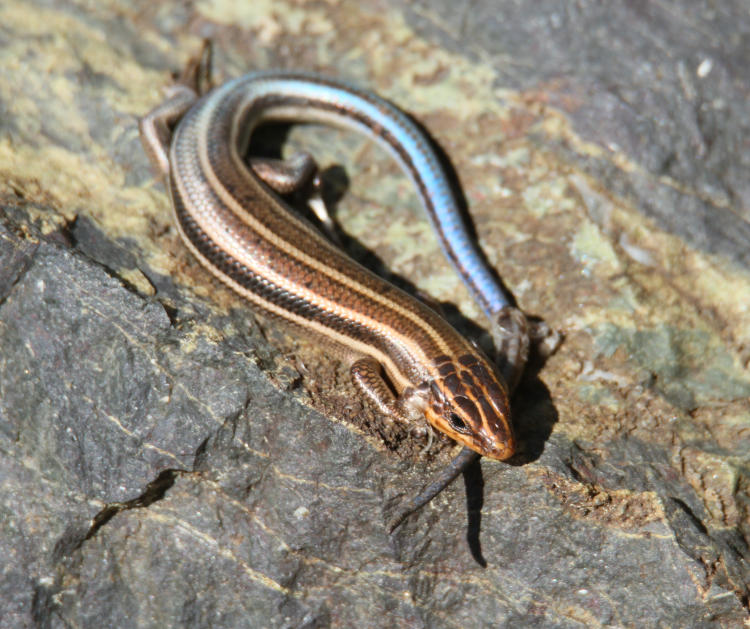
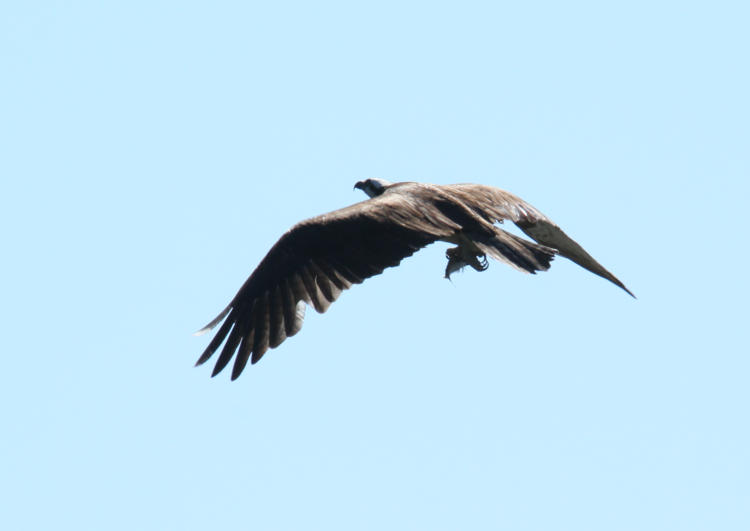
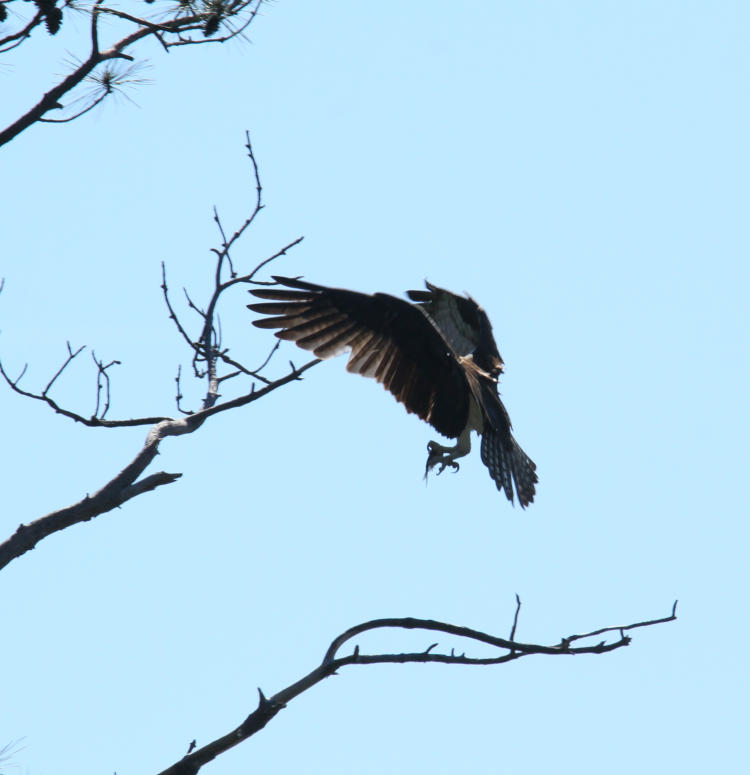
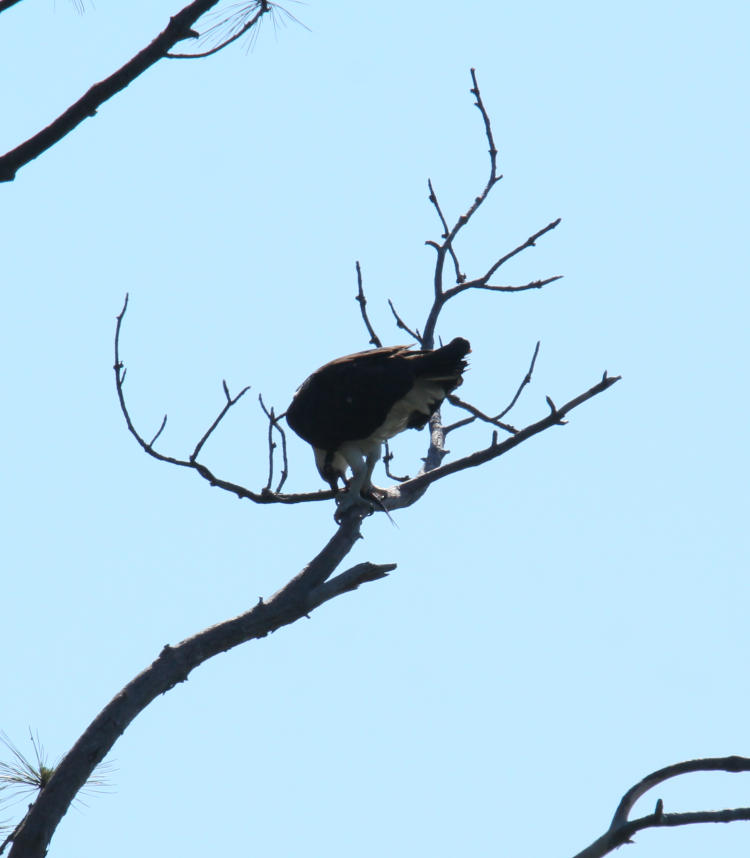
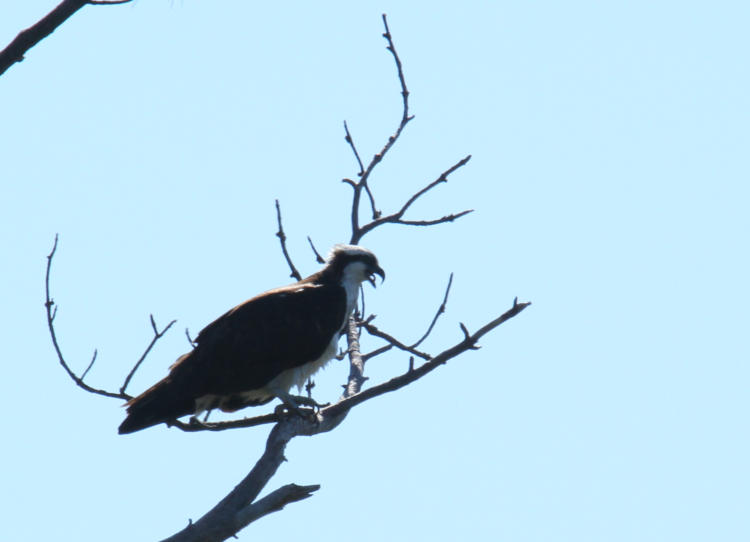
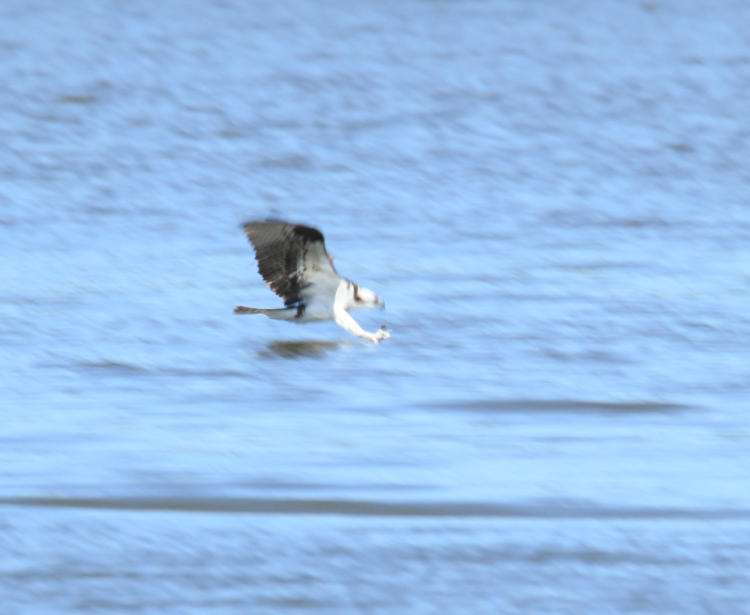
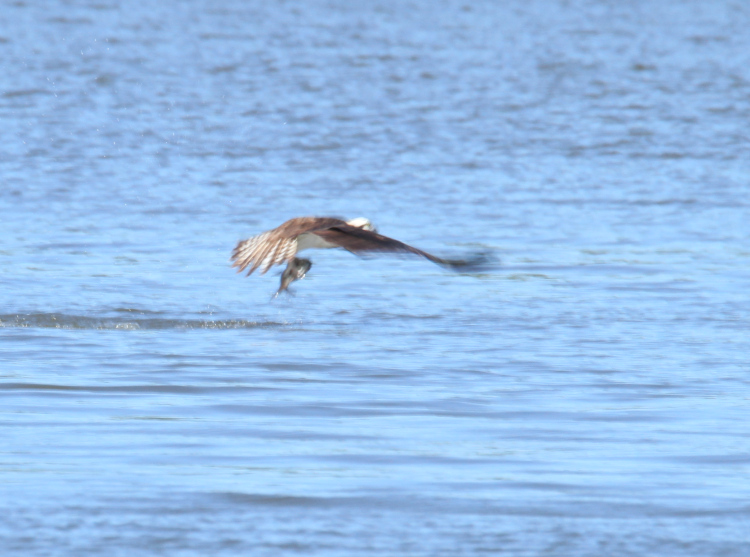
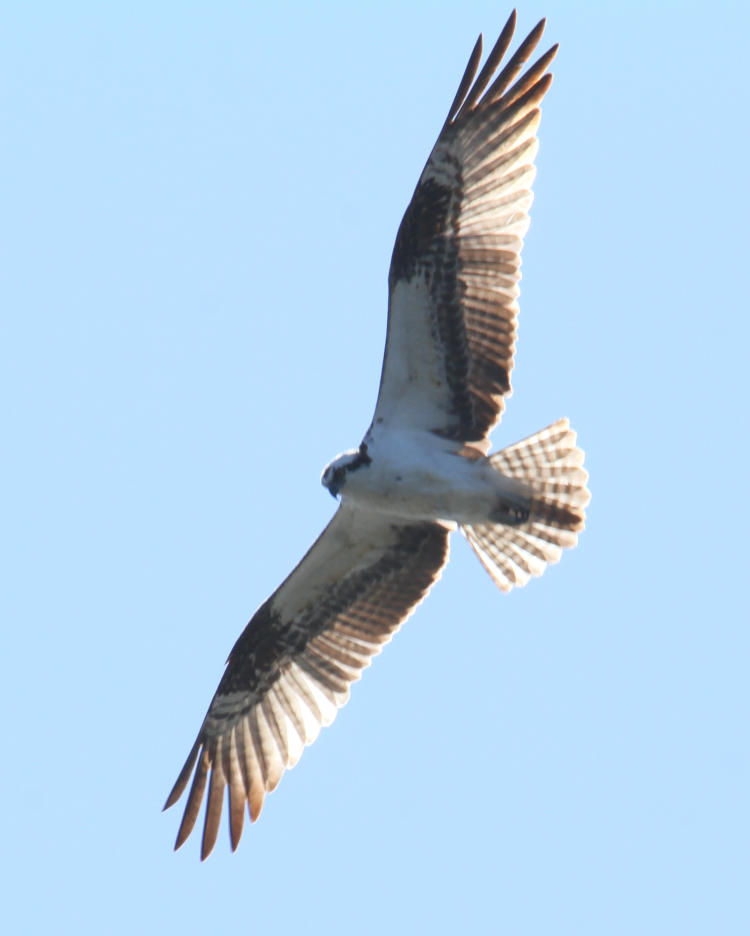
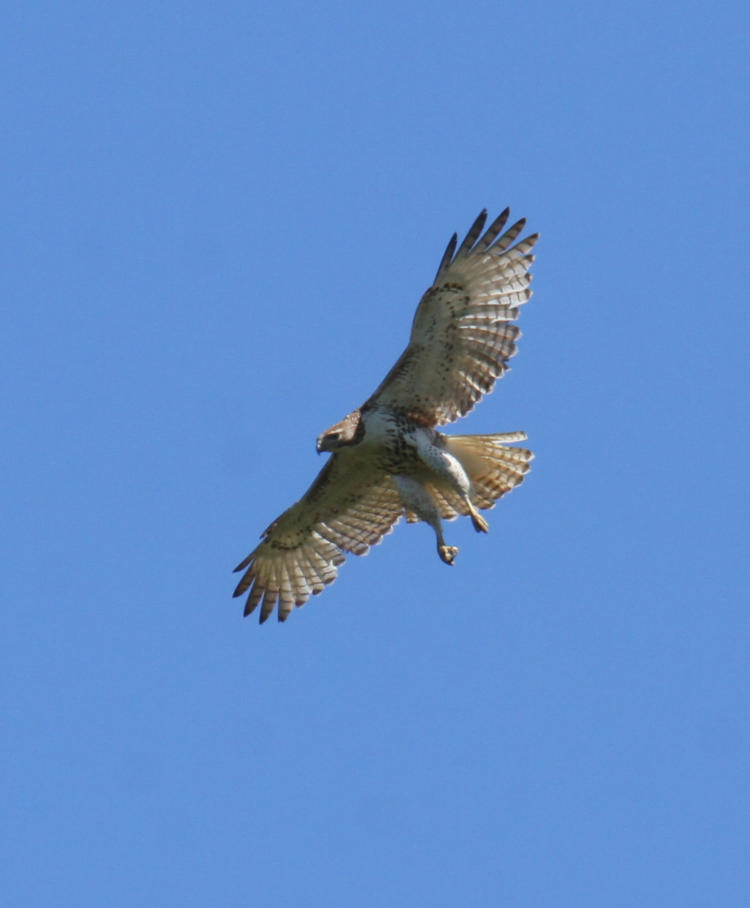


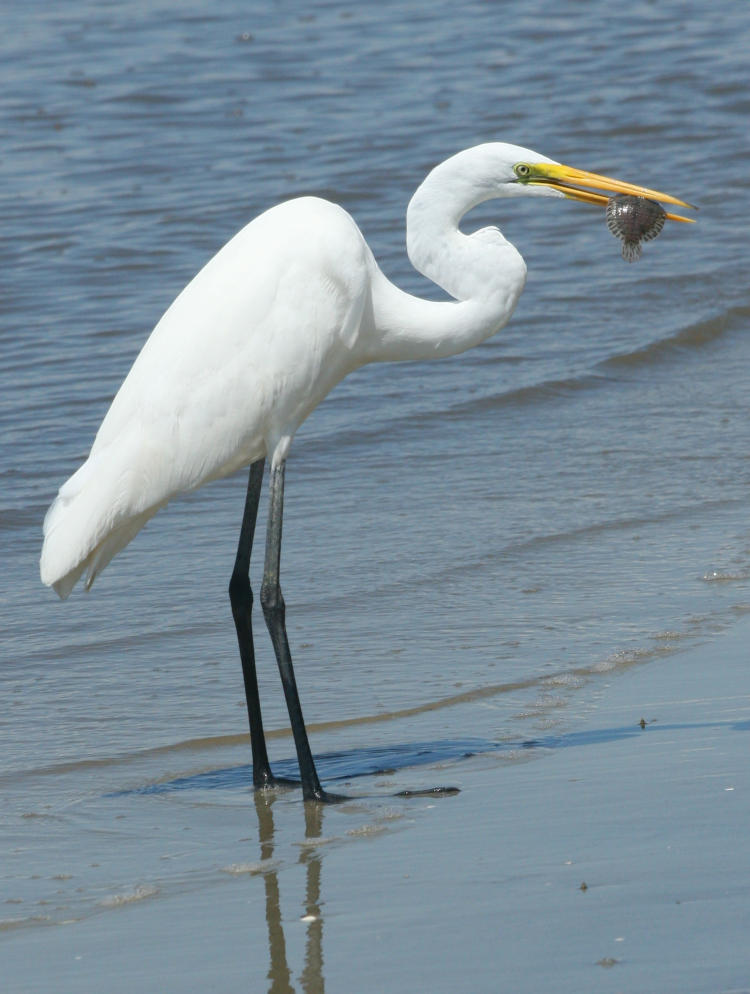
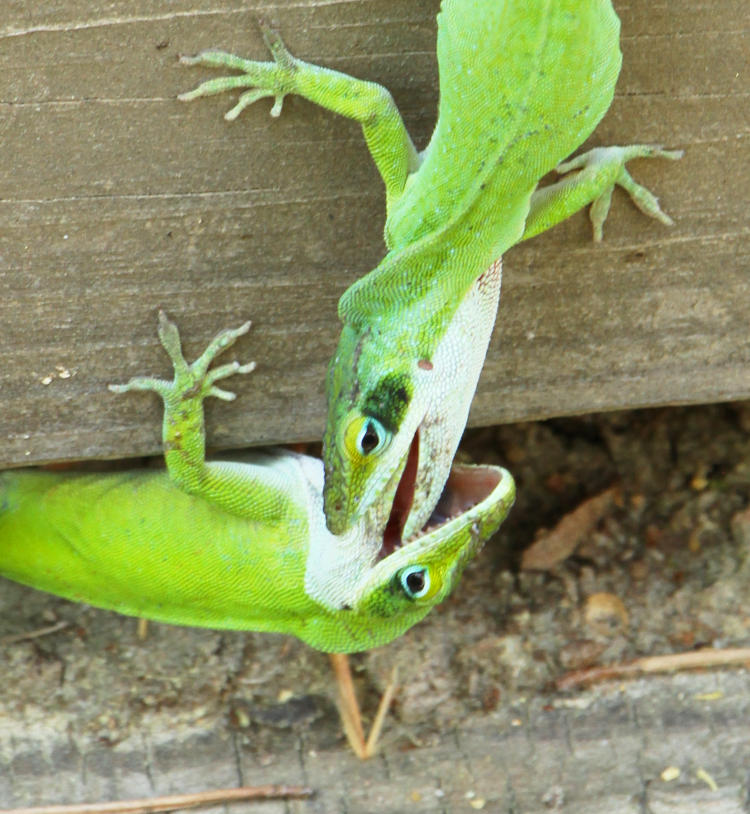
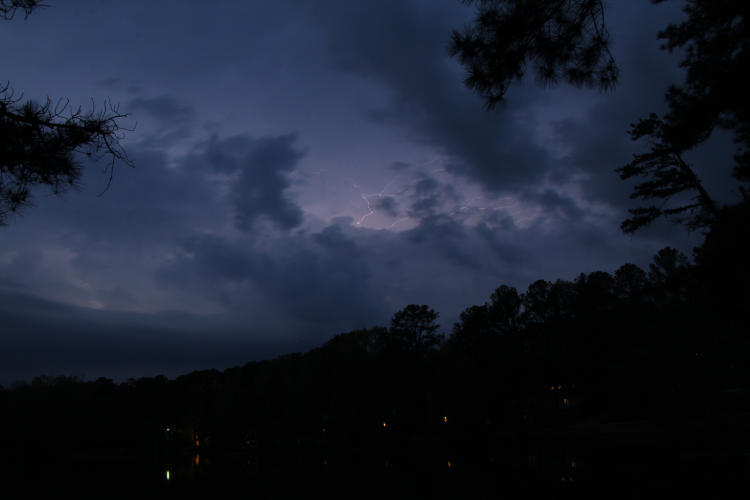

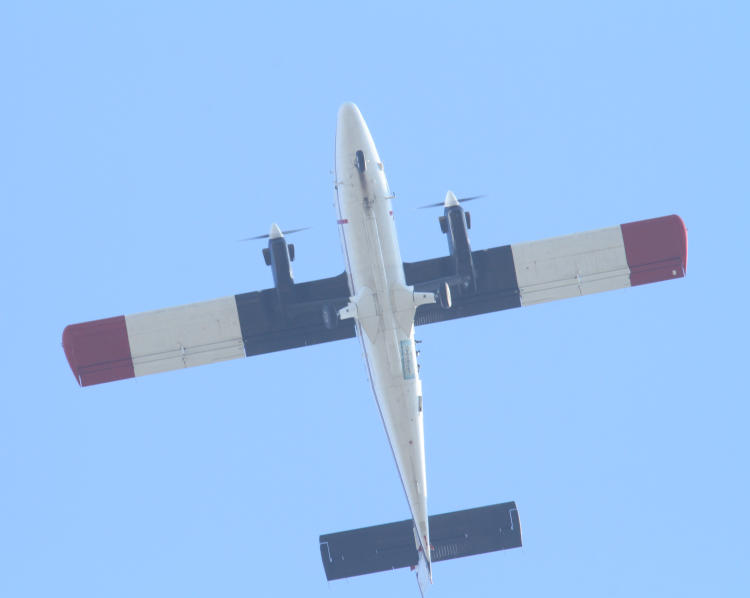
 Anyway, what caught my eye is the non-standard protuberances out the port side of the aircraft aft of the wings, which we get a closer look at here. The Twin Otter is frequently used for skydiving because of its short-takeoff-and-landing capabilities, appreciable rate of climb, notable interior cabin space, and the very large, removable rear hatch; holding open a standard hinged door in the slipstream of a moving aircraft is rather taxing. With that in mind, and of course how our society is anymore, what we’re seeing becomes clear, and even more clear when we see one of the skydivers as they approach the ground:
Anyway, what caught my eye is the non-standard protuberances out the port side of the aircraft aft of the wings, which we get a closer look at here. The Twin Otter is frequently used for skydiving because of its short-takeoff-and-landing capabilities, appreciable rate of climb, notable interior cabin space, and the very large, removable rear hatch; holding open a standard hinged door in the slipstream of a moving aircraft is rather taxing. With that in mind, and of course how our society is anymore, what we’re seeing becomes clear, and even more clear when we see one of the skydivers as they approach the ground:
